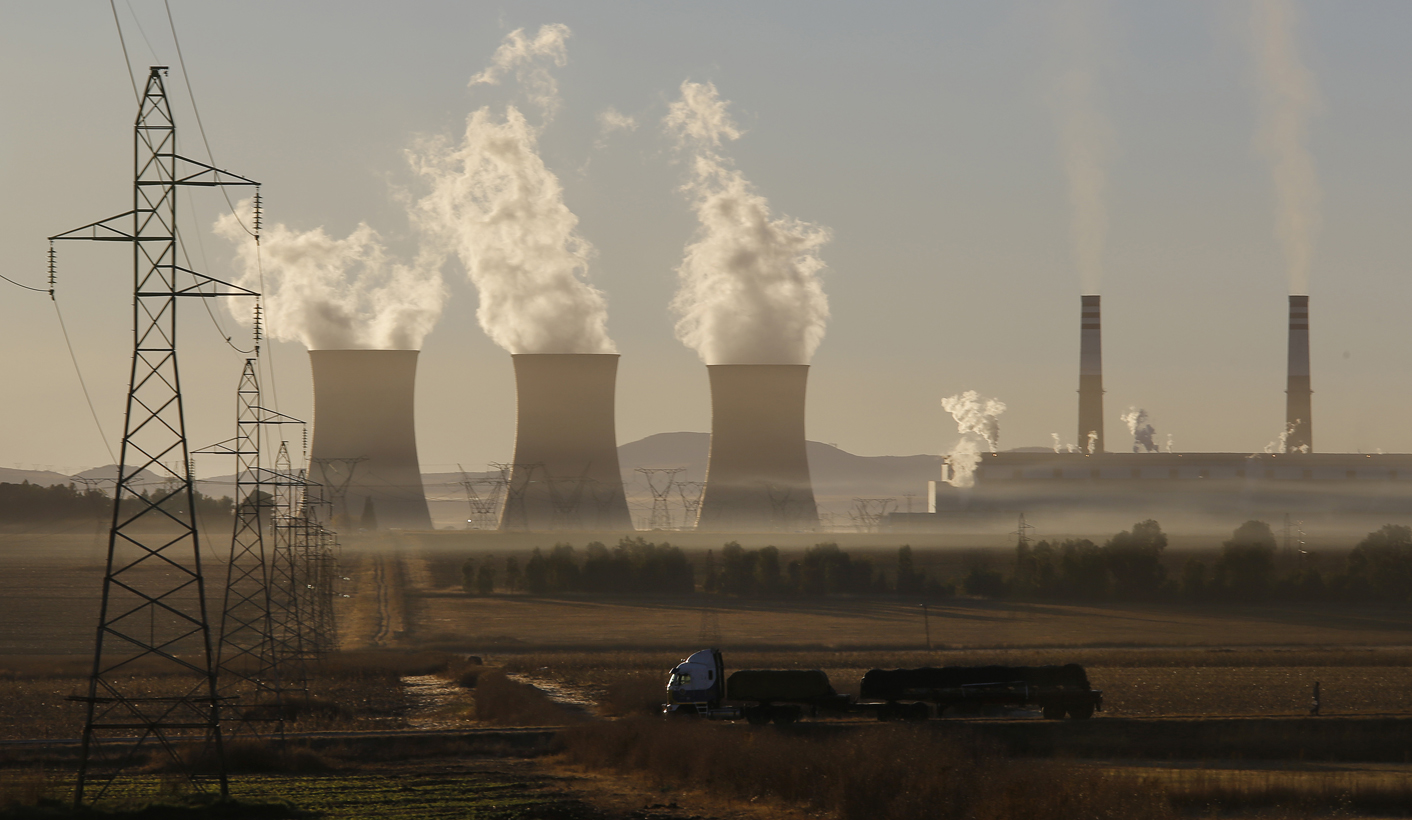South Africa’s Electricity Consumption Patterns:
Using figures from 10 years ago in 2004, 190.789,322 MWh (megawatt hours) of electricity were sold to 7.272,809 customers. Most customers are residential (94 per cent) but they use less than 18% of all electricity sold.
There are over 170 licensed electricity distributors in South Africa. Eskom serves 48% of customers in the country and municipalities serve 52%. The current position in the electricity distribution industry is the result of its historical development. Before 1994, municipalities distributed electricity in historically white areas, while Eskom covered historically black townships and some of the former so-called homelands. The table below sets out the position.

The municipalities do not only have residential customers, they also service industrial/manufacturing, commercial and even mining companies but Eskom itself, measured on capacity, distributes significantly more electricity to customers directly than all the municipalities put together.
Municipalities themselves use electricity as a tax to cross subsidise their other activities. In the large metros, electricity sales make up over a quarter of total revenues:

Something that must be of major concern is the position of smaller municipalities across the country who use electricity to generate their own revenues, fail to maintain their infrastructure and then do not pay Eskom for the electricity sold. As at July 2014, Eskom was owed R2.9 billion by rural municipalities mostly in the Free State and Mpumalanga.
On a composite basis, the splits in consumption across all sectors of the economy, using 2004 data, is as follows:

There is no doubt that South Africa’s economy is one of the most electricity intensive (kwh required to produce a unit of GDP). Despite the movement towards a bigger services sector, inherently less energy intensive than mining or manufacturing, our economy’s energy intensity has grown. In fact, energy intensity doubled over the period 1990 to 2007 due to increases in energy-intensive manufacturing activities in the 1990s, particularly in the area of aluminium smelting (the non-ferrous metals sector).
Our economy is also characterised by a small number of industrial concerns consuming almost half of our electricity. Most of them are members of The Energy Intensive User Group (EIUG). Its 31 members account for 44% of all electricity consumed in South Africa but, collectively, they also have a collective annual turnover of R741 billion, more than 20% of South Africa’s GDP and employ nearly 600,000 South Africans. Almost half the EIUG’s members are in mining and a third are manufacturing concerns. Of importance here is that across the EIUG’s membership, a significant component of their annual expenditure, nearly 20%, is made up of electricity. This would indicate that they are both heavily dependent on electricity but are also very exposed to increases in the price of electricity. It would be a mistake to understate the importance of most of the EIUG membership. The EIUG membership represents much of what South Africa exports to the rest of the world. These exports finance our utter dependence on imports of industrial equipment necessary if we want to grow this economy. Moreover, many of them form an important base upon which the economy rests.
Discussion Points
- We need to understand the scope for greater efficiencies in our economy. If South Africa is to grow, it will need to delink economic growth from greater electricity consumption.
- Energy efficiency and the revenue models of municipalities must be changed. Energy efficiency programmes run by municipalities run contrary to their revenue models. The incentives are all wrong. Encouraging greater use of solar geysers and own generation without the introduction of time based metering will wreak havoc with municipal finances in a number of ways. Firstly, there are declines in electricity sales especially amongst high consumption users (whose tariffs get used to cross-subisidise free or subsidised electricity, it also sees these users coming back to the grid at peak times, just when the electricity supplied to the municipality concerned is at its most expensive. The result is that those customers that provide most of the profits become unprofitable. This is not sustainable.
- How does the South African economy adjust to more constrained supplies of electricity?
- We need a more thorough understanding of demand elasticity for electricity across and within various sectors. Very little research exists. We need to understand to what extent our balance of payments or our ability to fund imports of capital equipment depends on certain electricity price levels in the important mining and parts of the manufacturing (ferro-chrome processing) sectors.
- Which sectors look the most vulnerable to increases in price and to what extent can these industries become less energy intensive? (Page 29-32)
- What can be done to increase co-generation where certain sectors are encouraged to produce their own electricity?
Photo: A photograph made available on 10 June 2013 shows power lines running to a coal power station in the early morning light near Johannesburg, South Africa, 06 June 2013. EPA/KIM LUDBROOK





